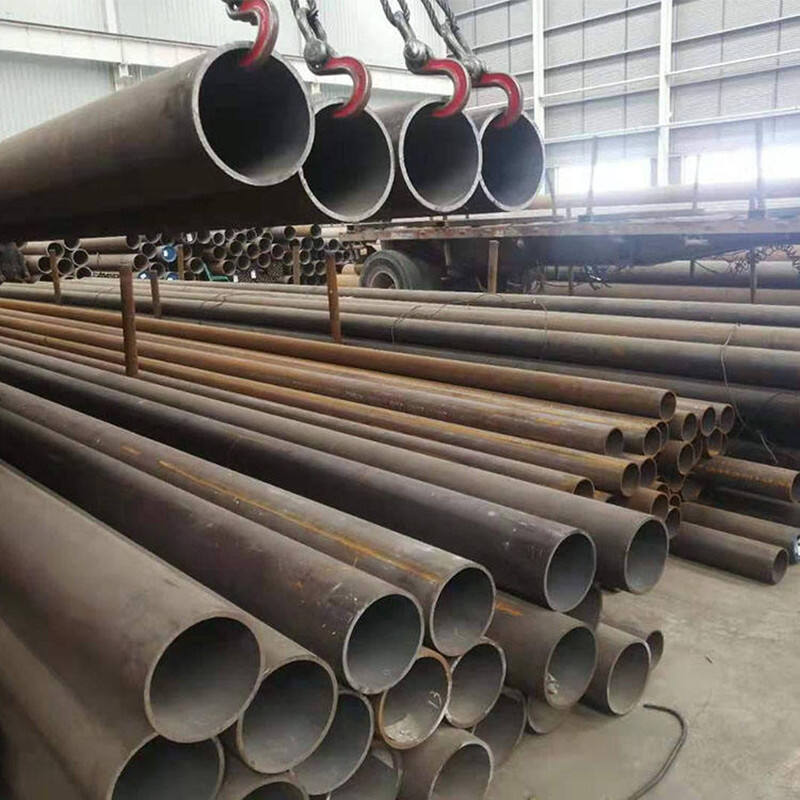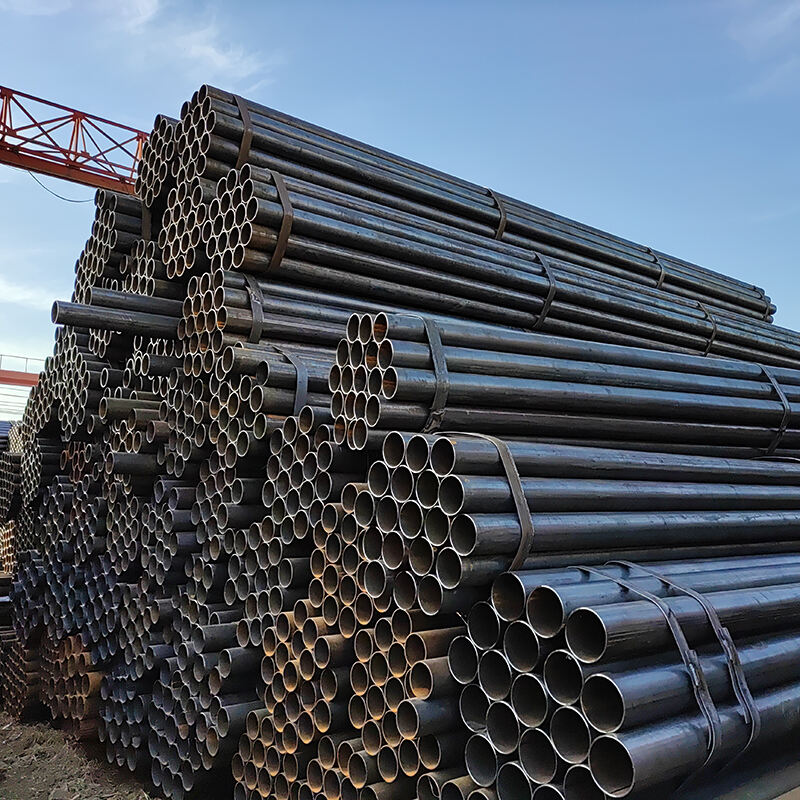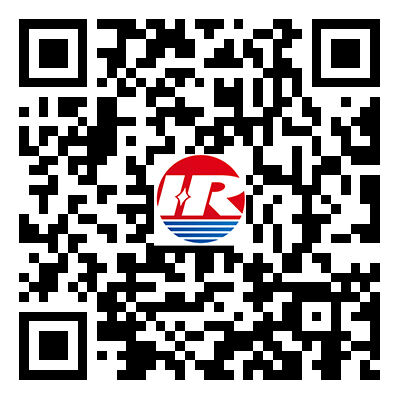Weld Steel Pipe and Seamless Steel Pipe. They share similarities, but they are also different in ways that matter, and that make each good for different tasks. This text will give you insight into the differences between these two types of steel pipes and help you decide when to use each one.

A Guide to Selecting Welded Steel Pipe vs Seamless Steel Pipe
We will address the safety issues to consider when selecting between welded and seamless steel pipes. This steel spiral welded pipe are manufactured by taking pieces of steel and welding them together to form a long pipe. Seamless Steel Pipes have no seams or joints; they are 100% solid. Which one is selected depends on what the project calls for, such as how strong the pipe needs to be, how hot it may get and how resistant it is to rust.

Welded versus Seamless Steel Pipe
It leads to one of the differences between welded and seamless steel pipes which is their strength and durability. Actually, because it compound the welding, typically welded steel pipes are more sturdy and with good pressure resistance than seamless steel pipe. A seamless steel pipe has a smooth surface but also has a shining finish which is useful where the duct surface need to be smooth.

Seamless Steel Pipe vs Welded Steel Pipe
The other difference is the price. Because the welding process is cheaper, welded steel pipes can be manufactured and purchased at a lower cost compared to seamless steel pipes. But the cost of welding pipes and maintaining them can be more because the joints and seams could be the weak spots. Stainless seamless pipe are costlier but require lesser upkeep and have a longer lifespan.

Welded Steel Pipe Versus Seamless Steel Pipe
The use of welded or seamless steel pipes is subject to the needs of the project. Welded pipes are suitable for high strength projects as in pipelines for transportation of oil and gas. Seamless pipes are best for jobs where there needs to be a smooth surface such as in cars and airplanes.

 EN
EN
 AR
AR
 BG
BG
 FR
FR
 DE
DE
 HI
HI
 IT
IT
 JA
JA
 KO
KO
 PT
PT
 RO
RO
 RU
RU
 ES
ES
 TL
TL
 IW
IW
 ID
ID
 LV
LV
 LT
LT
 SR
SR
 SK
SK
 SL
SL
 UK
UK
 VI
VI
 SQ
SQ
 GL
GL
 HU
HU
 MT
MT
 TH
TH
 TR
TR
 AF
AF
 GA
GA
 BE
BE
 MK
MK
 HY
HY
 AZ
AZ
 KA
KA
 BN
BN
 BS
BS
 LO
LO
 MN
MN





